Satellite megaconstellations are threatening astronomy. What can be done?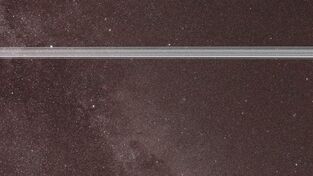 The thought that all astronomy should be done off-Earth also elicits a response from John Barentine, executive officer and principal consultant at Dark Sky Consulting in Tucson, Arizona. This consulting group is focused on light pollution, dark skies and astronomy. As for space-based observatories, not all of them fly above the satellites in question, Barentine said, in particular, the Hubble Space Telescope that orbits sufficiently low that its images are sometimes directly affected by satellite trails. Barentine points to a recent search of Hubble's data archive by using machine learning. The result was finding more than 2,400 satellite trails in images. "We expect to see a big increase in that number for however many years of useful life the Hubble Space Telescope has left," he said.
0 Comments
Why It’s Time for a Worldwide Lights-Out Program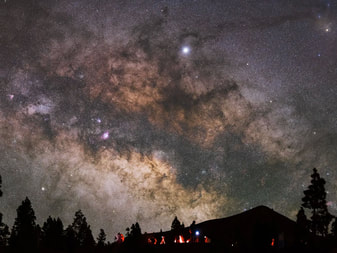 John Barentine, an astronomer with Dark Sky Consulting, previously managed the International Dark Sky Places Program, where he spoke with many city dwellers who got the chance to observe the Milky Way for the first time. The experience for many of them was extremely emotional. “It was rare that I’d talk to somebody who kind of shrugged their shoulders,” he says. “Many described it as a deeply spiritual, even [a] religious experience that I think taps into something that’s deep in our core as human beings.” In Search of Bright Stars: Can the Bay Area Reduce Its Worsening Light Pollution?
Satellites and space debris are polluting our night skies
How Mass Bird Death In Philadelphia Catalyzed A Local Lights-out Program
Citizen Scientists Show Light Pollution Erases Stars From the Sky
Consulting can be stimulating and lucrative for physicists
Light pollution is drowning the starry night sky faster than thought
Goodbye, dark sky. The stars are rapidly disappearing from our night sky
Giant satellite outshines stars, sparking fresh concerns for astronomers
|
MediaAvailable for radio/TV/print interviews and appearances relating to astronomy, light pollution, dark skies and more. Contact me! Archives
July 2024
Categories
All
|
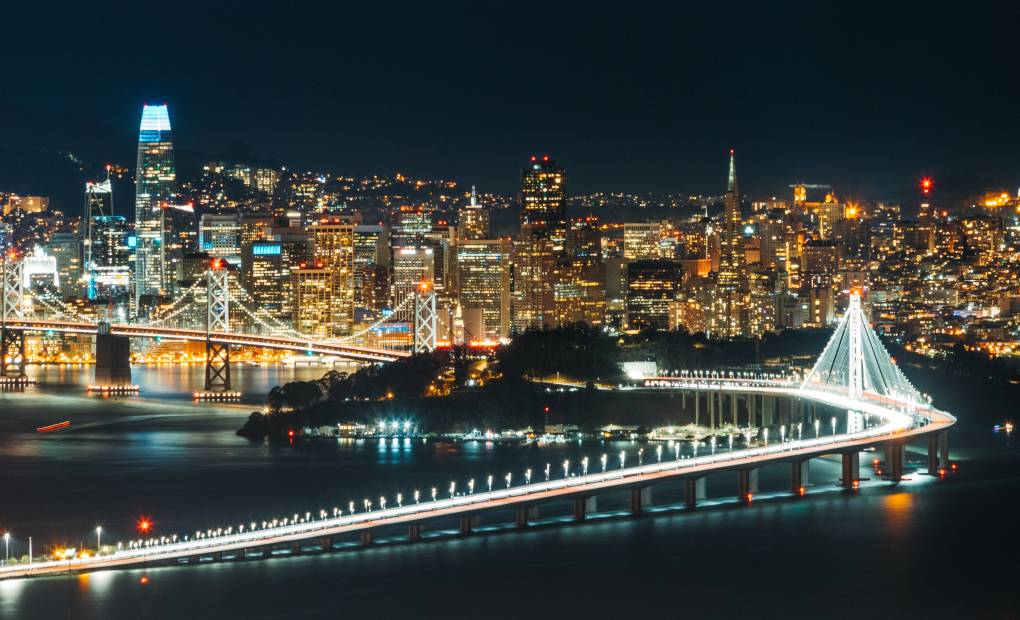
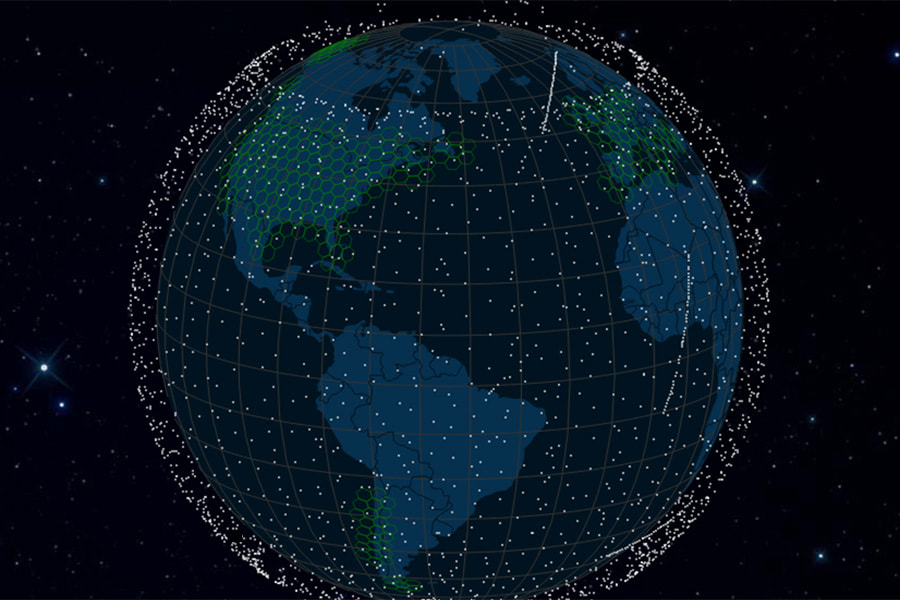
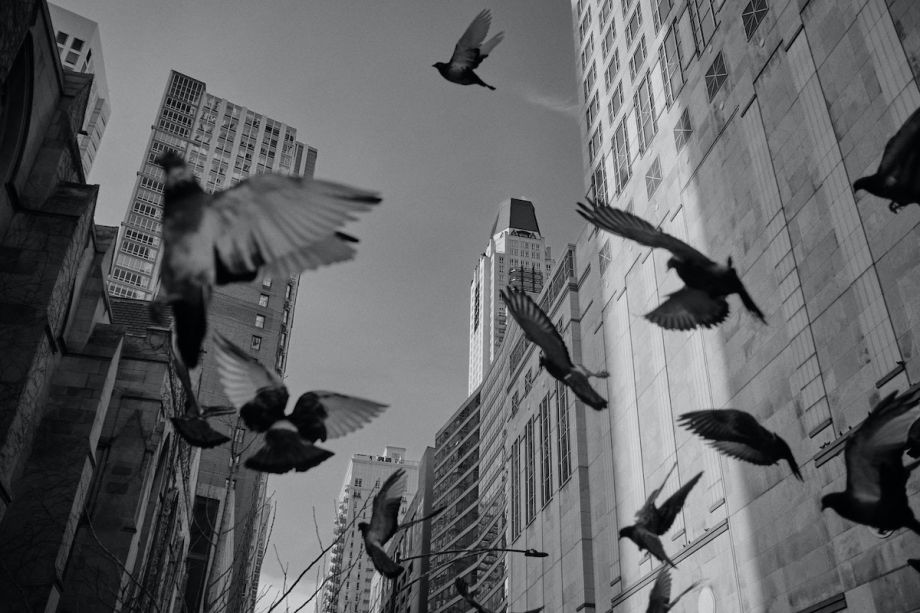
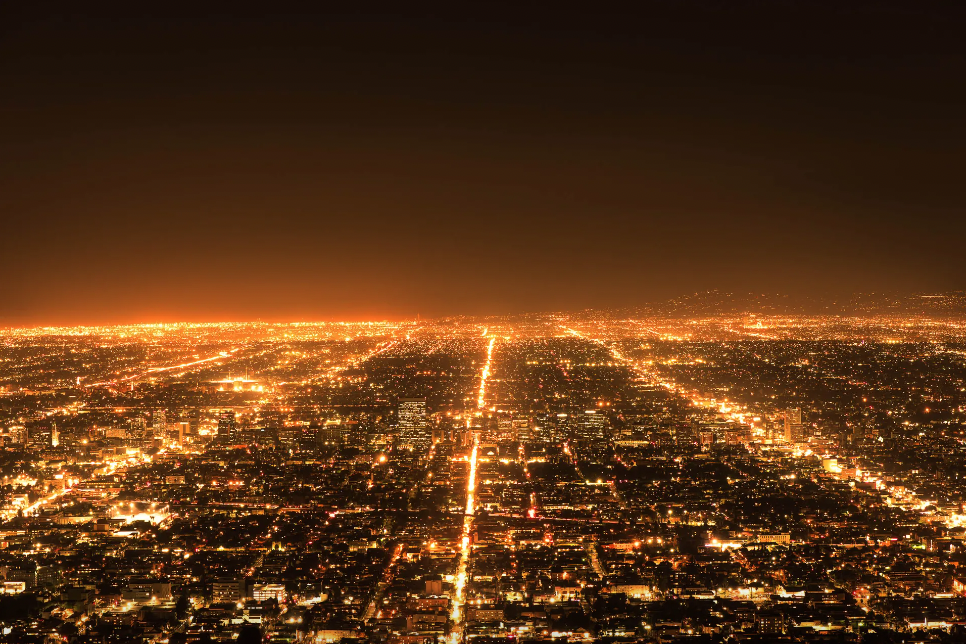
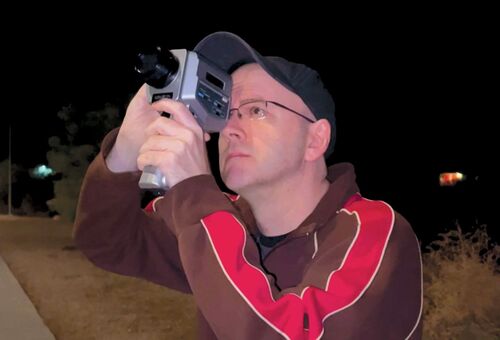
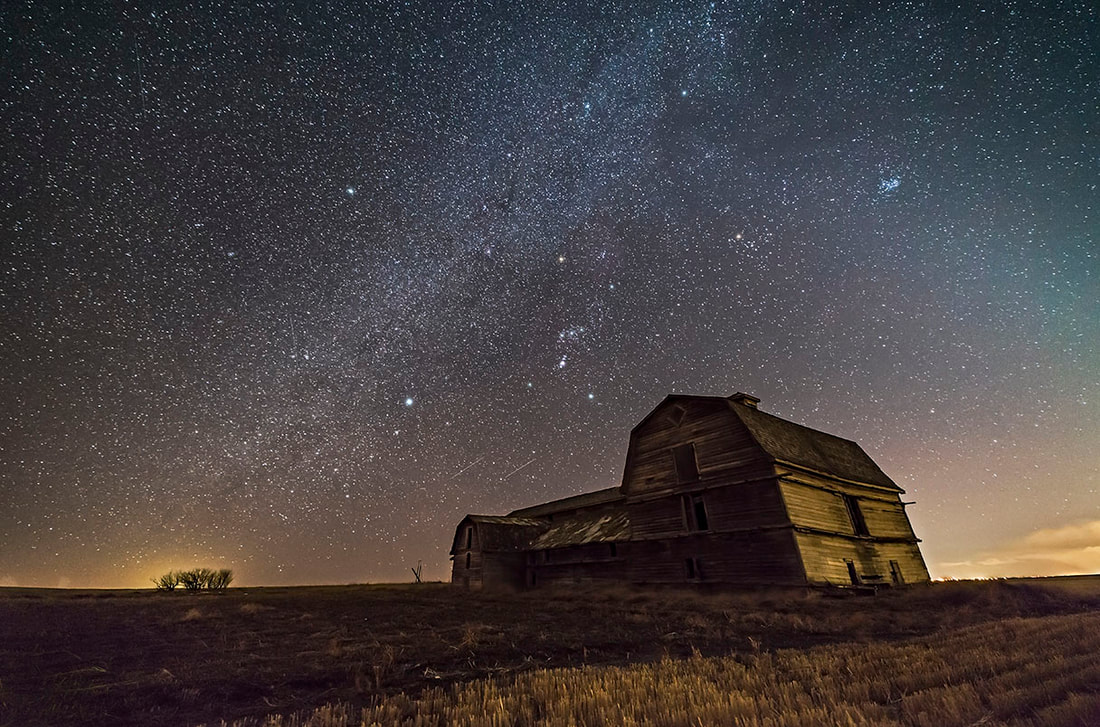
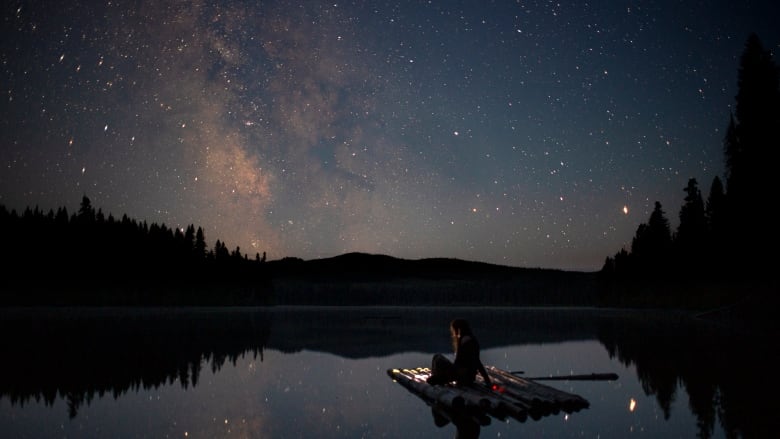
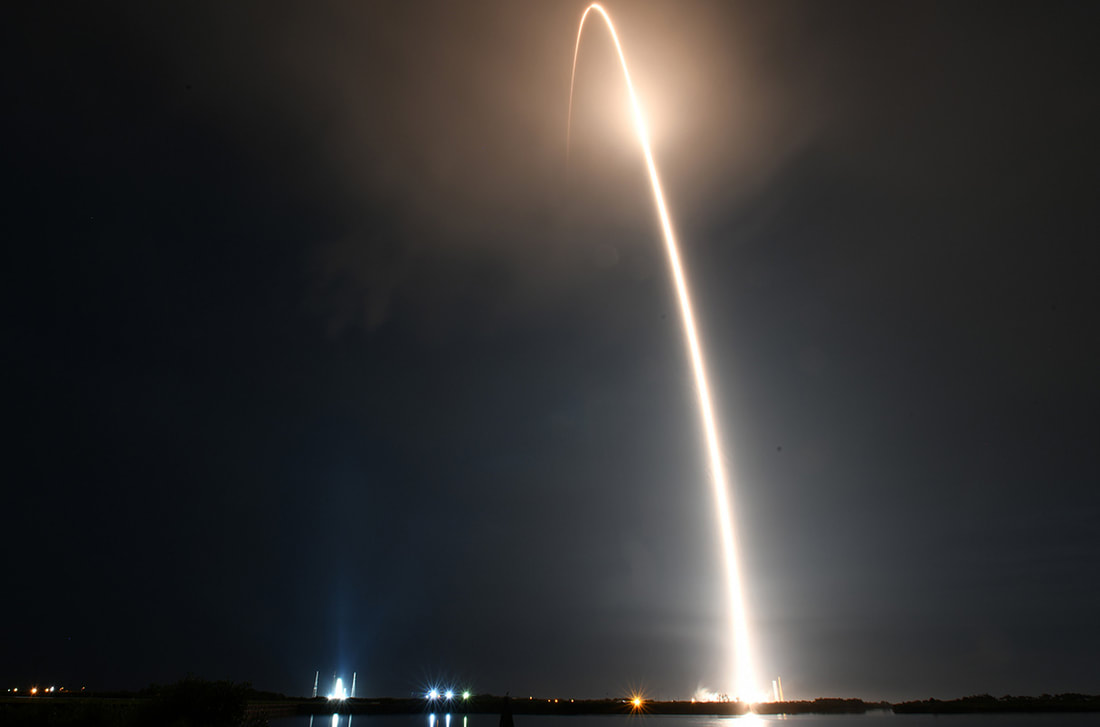
 RSS Feed
RSS Feed